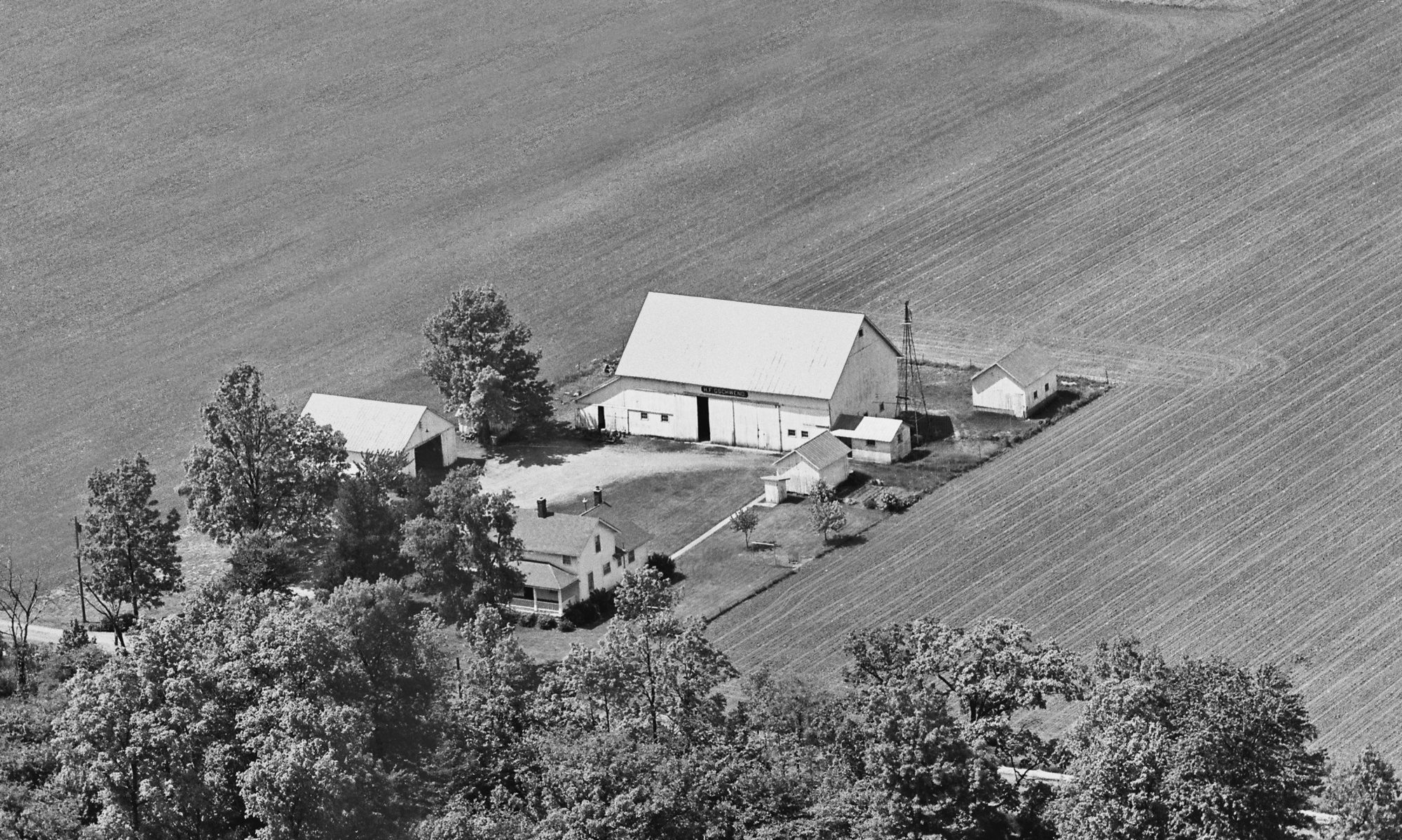The Orchard
Our orchard has been growing for 3 years. We keep a wide variety of trees. We do not grow our trees in the typical commercial fashion. Most of the trees was purchased as bare root stock. The rest of the trees came to us as potted. It is still early yet to tell which is better, if there can be a winner. I do know that several container trees have died and I had to replant with bare root.
Types of trees
Our orchard is consistent of what we enjoy eating. Based on the information form the nursery we chose the number of trees it would take to provide what we are looking for. Our type of trees are:
- Apple
- Apricot
- Cherry
- Nectarine
- Pear
- Peach
- Plum
I am looking into nut trees/ bushes to add. I would like to add a couple Almond trees and maybe Walnut.
Our Planting Method
Planting a bare root tree and a potted tree are very similar. To plant a fruit tree you will want to study your light conditions before hand. Does the location you picked out receive at least 8 hours of sunlight during the growing season? Is the location on a Hill, flat land, or in a low laying spot?
All of these are important to consider before planting. If you plant on a low laying spot, your most likely to have slow budding in the the spring and early dormancy in the fall. Also depending on your soil structure you may have a water issue. The tree roots like water but they do not like to be water logged.
If you are planting on a hill, which side of a hill are you planting? South will receive the most sunlight(Northern Hemisphere). East and West sides are great choices as well. North side will have low light, ground will be last to thaw in the spring and first to frost in the fall.
Planting the tree
Now that you have your location set out you can start digging. Remove the sod from the area. I recommend at least 2x the size of the root ball. After the sod has been removed, dig a hole the same size to the depth of the container or if bare root tree, form the “fixated” roots to the crown. The fixated roots are the roots that are not pliable, or able to spread to form a large footprint.
Soil Amendments?
This part is personal choice. Amending the soil with fertilizer and/or compost. I have planted half of my orchard with amended soil. As of this time I cannot see the difference. The argument is will the tree get stunted or root bound when the roots try to go into the native soil after being in amended soil. I have not seen any issues either way, but I will say I would not recommend to fill the hole with pure amendments like all compost, new topsoil, or any other foreign soil. If you are going to amend the soil do not go over a 50/50 mix. I prefer a 25/75 native soil mix.
The hole is dug, you have decided on amendments or not, time to plant. Either on a tarp or wheelbarrow mix the soil you have dug out into a fine tilth. Set the tree in the hole and check that the depth is not past the previous soil line on the trunk. Be sure not to plant the tree too deep. Planting too deep can damage the roots or you could bury the graft. Fruit trees are grafted on different root stock for size control and consistency with the fruit itself.
When back filling the hole, ensure that you are tucking the soil under and around the roots. When the whole is about half way full, fill the rest of the whole with water. This will keep the roots wet and help the soil pack around the roots. Finish filling in the whole with the rest of the soil. Do not pack too hard, you can damage or suffocate the roots. You may notice that the planting is recessed compared to the surrounding ground. That is okay, by it recessed it will trap more water.
Mulching
I use wood chip mulch. Sourced from our local municipality. With how my orchard is laid out I went with mulching the whole orchard. But I do recommend that you mulch minimum of the size of the root ball but prefer that you mulch at least 3′ diameter.
Mulching helps retain the moister in the soil and maintaining the soil temperature. When mulching do not place the mulch on the trunk of the tree. Keep mulch away a couple of inches. This will help keep bugs, and rodents from damaging the tree. The mulch should be at least 3″ thick. This will keep the weeds down and it will provide you with keeping the soil cool in the hot summer days. As a last note when mulching, keep in mind yard maintenance. Does the layout allow you to mow the grass easily or are you creating more trimming?
